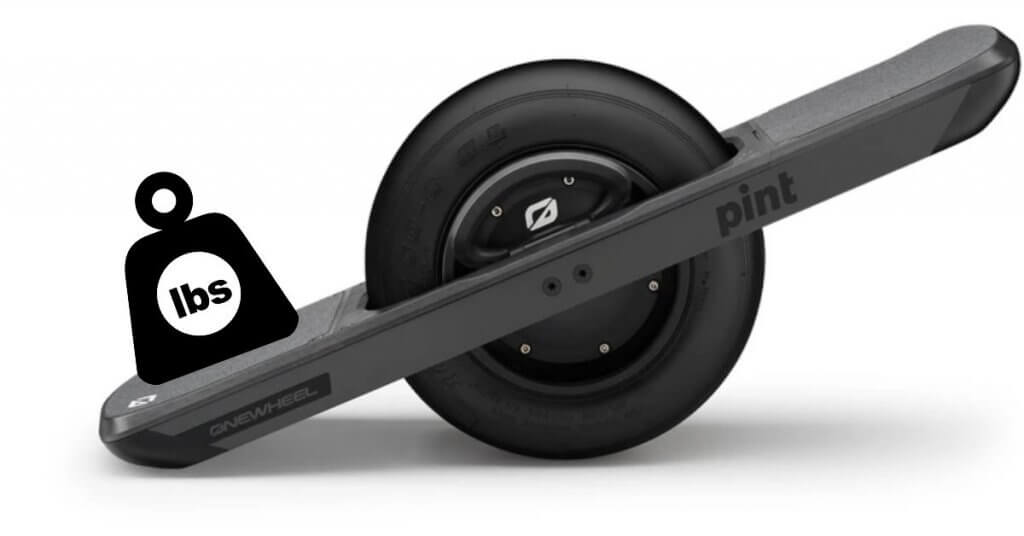Riding on an Onewheel is a great way to travel around the city and its lightweight body makes it one of the most portable electric unicycles. The Onewheel uses the motor to balance the board when you are riding. Because of physics, the weight of the rider will give different stress on the battery and motor. This article explains the different Onewheel weight limits, what board is recommended, and what you can do to improve it.
Depending on the model it has a suggested weight limit of 275lbs (~125kg) for the bigger boards Onewheel+XR, V1, Gt & GT S, and 250lbs (~114kg) for the smaller Onewheel Pint & Pint X.
| Onewheel Model | Weight Limit |
|---|---|
| Onewheel GT S-Series | 275lbs / 125kg |
| Onewheel GT | 275lbs / 125kg |
| Onewheel Pint X | 250lbs / 114kg |
| Onewheel Pint | 250lbs / 114kg |
| Onewheel XR | 275lbs / 125kg |
| Onewheel V1 | 275lbs / 125kg |
Onewheel Weight Limit Explained
It’s important to understand that a heavier rider will increase the stress of the motor and therefore decrease range and hill-climbing capability. It also becomes even more important to have the correct riding stance. This is one of the most basic physics principles that people need to understand when they are dealing with an Onewheel. The weight of the rider including the protective gear should be on top of the wheel.
Reduced Range
The more weight that you put on the board, the more traction and friction you will have. This will stress the motor that has to work harder which drains the battery much faster. The board won’t be as slippery because there is more weight on it, which means that the rider can maintain balance easier.
Overheating the board
In addition to experiencing a reduction in range, having a higher rider weight places a greater strain on the Onewheel’s motor, increasing the likelihood of overheating. When initiating movement from a stationary position, a significant amount of power is required, contributing to heat generation.
However, as the rider gains momentum, the power needed to sustain speed decreases, resulting in less heat production. Negotiating rough terrain, especially in off-road scenarios, further challenges the motor, making it more prone to overheating as it needs to balance the rider. While overheating is a potential concern across all Onewheel models, it’s noteworthy that a majority of reported issues have been associated with the GT model. If you are having an overheating issue with your GT read this article for some tips to reduce the risk.
Upgrading the Battery (More Range and Power)
If you want to get more range and torque and have the right HW version (to check HW version Pint) (to check HW version XR) then you can upgrade easily for extended range. If you have one of the newer boards then you need a JWFFM chip from JW Batteries.
Upgrading the battery will allow for more current to be able to be pulled, increasing the power of the board. Adding an external battery increases the potential power and therefore the weight limit of the board.



